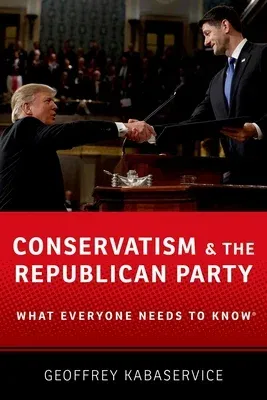It was the best of times, it was the worst of times. The 2016 elections
gave the Republican Party control of both houses Congress and the
presidency -- a level of dominance the party had experienced for only
six years out of the previous eight decades. Combined with the GOP's
victories in
state legislatures and governorships since 2010, Republicans held a
greater opportunity to reshape the nation than at any time since the
1920s.
And yet, Republican strategists were painfully aware that the party had
lost the popular vote in six of the previous seven presidential
elections. The presidency had fallen to Donald Trump, a populist
outsider who had mounted what was, in effect, a hostile takeover of the
Republican establishment.
The party's internal divisions had become so volatile that they had come
close to blowing up the Republican National Convention in Cleveland that
summer. The Republican-controlled Congress had experienced infighting so
severe that the Speaker of the House, John Boehner, had been overthrown
and his
successor, Paul Ryan, had been plagued by an inability to pass
consequential legislation. An unprecedented number of GOP officeholders,
activists, and voters harbored dark suspicions that they had been
betrayed by their own party leaders. And few had answers to the basic
question: What does the
Republican Party still stand for, anyway?
Geoffrey Kabaservice's Conservatism and the Republican Party: What
Everyone Needs to Know(R) will provide a narrative and analysis of the
Republican Party's confusing trajectory into triumph and chaos. He
deftly traces how the GOP purged moderates from the party and
transformed into an ideological
party unlike any other in American history. But this book also tracks
the emerging divisions within the conservative movement, tendencies
toward extremism, growing hostility toward governing, and breakdown of
the American political system -- most vividly demonstrated by the Trump
phenomenon.

